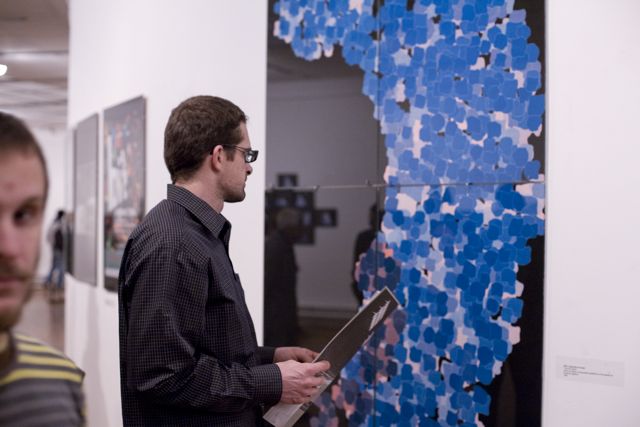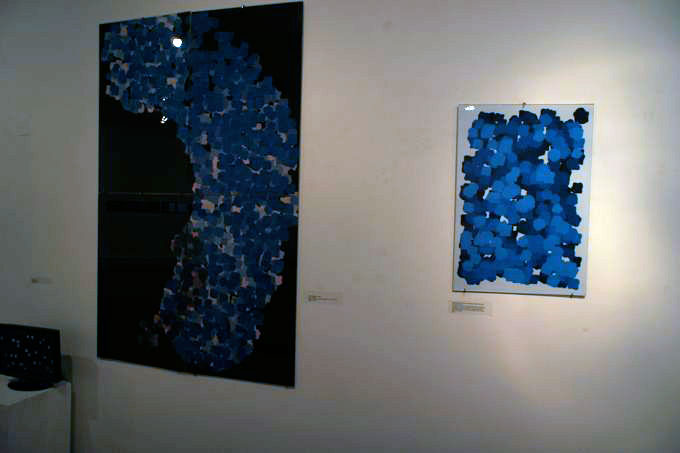<<< bcd cybernetic art team >>>
bcd cybernetic art team
Bonacic, Vladimir
Cimerman, Miro A.
Donassy, Dunja
1. “Corp de Galois“, series of 4 computer graphics, 1984 size 4 x (85 x 55)

The graphics reveal an otherwise unknown, multi-faceted dimension of the abstract Galois -Fields /named after the French humanist and mathematician Evariste Galois (1811-1832)/.
2. “GALOIS ORBIT 84 “ (on the wright side), computer graphic, 1983 size (85 x 55)

bcd cybernetic art team
has been working together since 1971 in the field of cybernetic art, design and science.
Bonacic Vladimir Bonacic † (artist and cyberneticien)
Cimerman Miro A. Cimerman (computer expert and consultant)
Donassy Dunja Donassy (architect and artist)
The problem of intersubjective communication is essential. It is the fundamental aim towards which every computer user should be striving, so that the technology which is available and developing today will help advance human freedom and not subject it to new forms of alienation.
The team performs simultaneously scientific and artistic research as part of a single goal, which is to bring together two worlds.
In 1972 they established the Jerusalem Programme in Art & Science. It was set out as an internationally oriented interdisciplinary research and study to bridge the gaps between institutions of higher learning, dealing primarily with either art or science. The interest of the programme combined ethics, the sociology of art and science, hidden data structures, cybernetic art, dynamic lighting of the environment and some aspects of computer-aided design.
In their work, bcd cybernetic art team mainly explored the algebraic structures called Galois-Fields, named after French humanist and mathematician Evariste Galois (1811-1832). Artwork reveals the existence of hidden variables.
In 1980 they settled in Germany, where they continued to work in the field of cybernetic art, parallel processing, pattern recognition, communication design and real time imaging. Their work was used by the media when presenting socio-political sciences.
Their focus was always the bridge between art and science and the impact of technology on the information society.